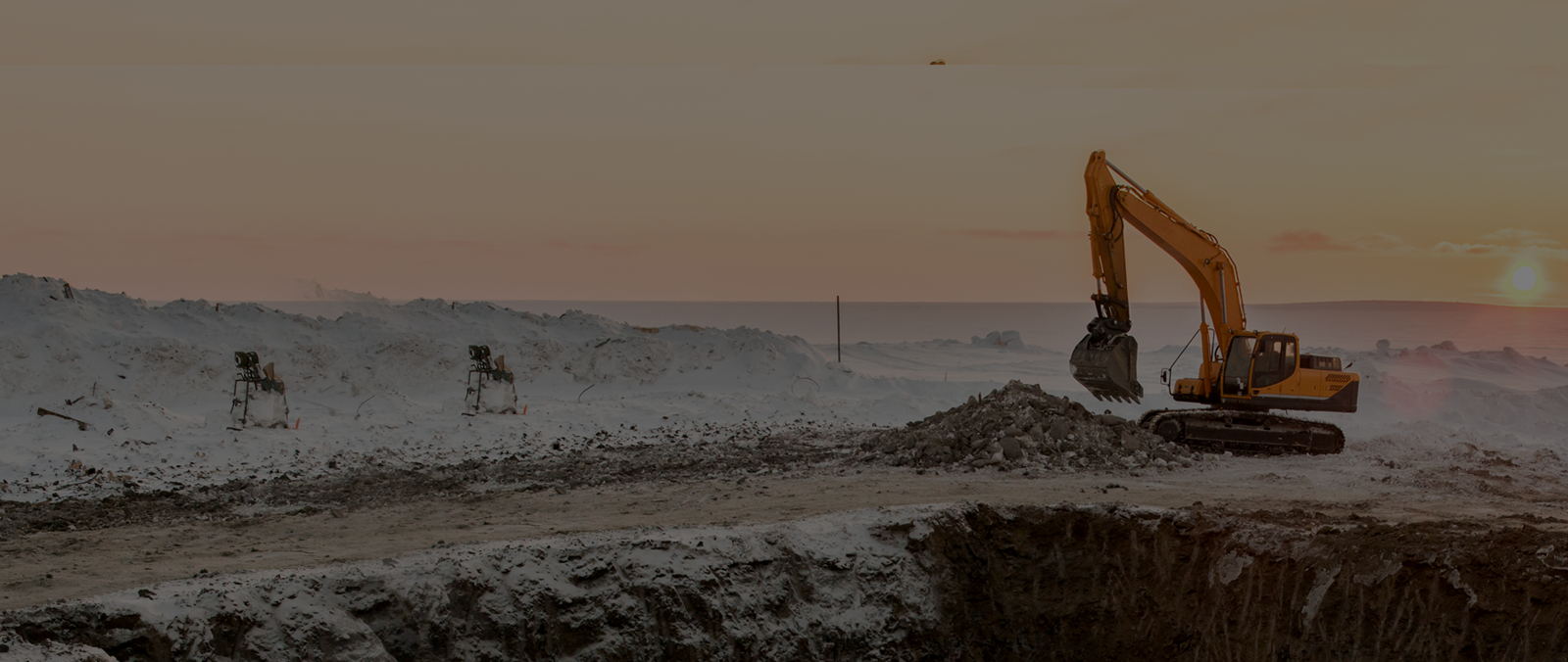
SURVEYING AND LAYOUT
Why do you need Inertial Navigation Systems for Surveying and Layout?
In the field of surveying and layout applications Inertial Navigation Systems (INS) play a role, in improving the accuracy, efficiency and reliability of data collection and mapping processes. There are reasons why INS is widely used in surveying and layout;
- Increased Precision -INS continuously provides information about the position orientation and velocity of surveying equipment. This high level of precision is vital for obtaining data during surveying and layout procedures.
- Autonomous or Semi Autonomous Operation - Inertial Navigation Systems enable autonomous operation of surveying equipment such as total stations or mapping drones. This allows surveyors to automate tasks, streamline workflows and efficiently collect data over areas.
- GPS Augmentation -While Global Positioning System (GPS) is commonly used in surveying there may be situations where GPS signals are weak or obstructed due to canyons or dense vegetation areas. INS acts as a complement to GPS by providing navigation capabilities in environments.
- Adaptability to Dynamic Environments - Surveying often involves navigating through environments with varying terrains and obstacles. INS assists in adapting the surveying equipment to changes in the landscape ensuring data collection, on demanding terrain.
Inertial Navigation Systems offer advantages when it comes to enhancing precision, enabling automation, overcoming GPS limitations, and accommodating conditions encountered during the process of surveying and layout.
- Reducing Setup Time -Inertial Navigation Systems (INS) play a role in improving the efficiency of surveying operations by minimizing setup time. When combined with surveying equipment INS enables quick and accurate positioning significantly reducing the need for manual setup.
- Path Planning for Drones -In surveying applications involving mapping drones INS contributes to path planning algorithms. This ensures that the drone follows predefined flight paths with precision effectively covering the survey area and optimizing data collection.
- Highly Accurate Mapping - In applications such as mapping or 3D modeling maintaining navigation is of importance. By ensuring positioning during data collection INS greatly enhances the accuracy of mapping data.
- Operational Continuity - One significant advantage offered by Inertial Navigation Systems is their ability to provide continuity in situations where GPS signals may temporarily be lost or weakened. This capability ensures data collection in areas with signal obstructions.
- Integration with Sensors - INS can seamlessly integrate with sensors like laser scanners or imaging devices. This fusion approach enhances the capabilities of surveying equipment enabling data collection and mapping.
- Data Logging and Analysis - Thanks to INS technology it becomes possible to log data related to the movements and positions of surveying equipment. This logging enables analysis for insights into various aspects of the surveying process. Once the survey is completed we can analyze the gathered data to assess the effectiveness of the survey operation, identify areas that need improvement and enhance surveys, for optimization.
Inertial Navigation Systems (INS) enhance the accuracy, efficiency and adaptability of surveying and layout tasks. Whether they are utilized in stations or integrated into mapping drones, INS plays a role in ensuring navigation and positioning information, which greatly contributes to the overall success of surveying projects.
Contact Us for more information.
